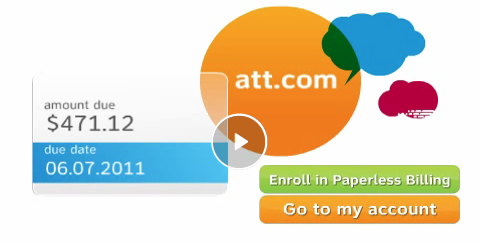
Get started with the SundaySky video creator:
Explore our industry solutions:

We often talk about real-time video, but what exactly do we mean by that phrase? If a video is generated in real time, is that enough to qualify it as such? Technically speaking, yes. But that doesn’t really capture the true essence of real-time video.
Say for instance, we are creating 150,000 product showcase videos for a large ecommerce site. We can use a batch processing approach by generating all of these videos on a daily basis, storing all videos in a content delivery network (CDN), and delivering them to the end consumer as needed. We can also wait for a video to be asked for by the consumer, and generate it on the spot (versus pre-generated). Would these videos qualify as real-time video? I think not – the decision of whether the video is generated on the spot or ahead of time in this example is made by an IT function and an operational decision rather than a video content requirement, and therefore I wouldn’t count this example as one of real-time video.
In order to truly qualify as real-time, the video should include real-time content – content that is either “fresh” or that cannot be constructed or calculated ahead of time. Let’s look at a few examples to better understand the differences:

YES, Real-Time Video
: A video similar to the one above, for a monthly bill, but now this video includes information about your current payment due (see video bill example at right). Here it is critical that the video talks about the current payment due. For example, if the consumer pays the balance online, then immediately watches the video it should have a different narration such as “thank you for your recent payment.” This is real-time content.

/strong>

You get the picture: if I watch a video twice, two minutes apart, and I potentially get two different videos – this would be a real-time video. Otherwise it’s not.
Now that we understand what real-time video means, we should think about why we need to incorporate such real-time content in videos. The answer to that is rather simple – the more real-time, “fresh” content used in videos, the more the end consumer will feel the video “talks to him” and “understands her.” This is key in order to strengthen customer engagement.